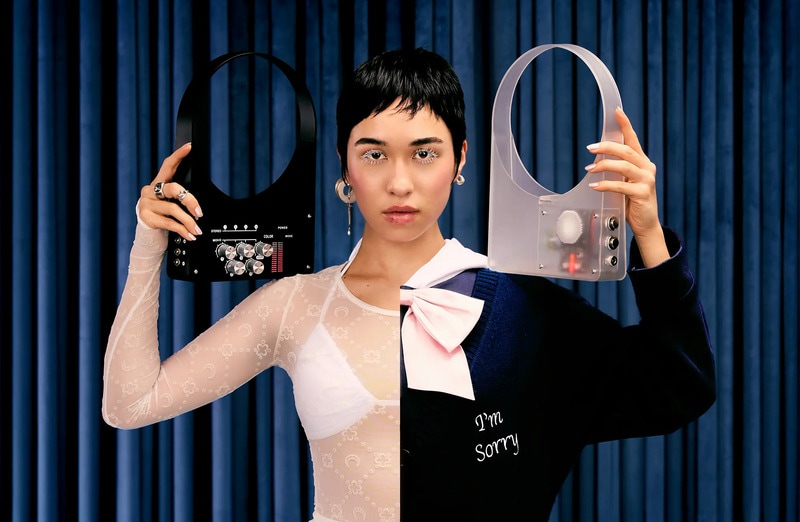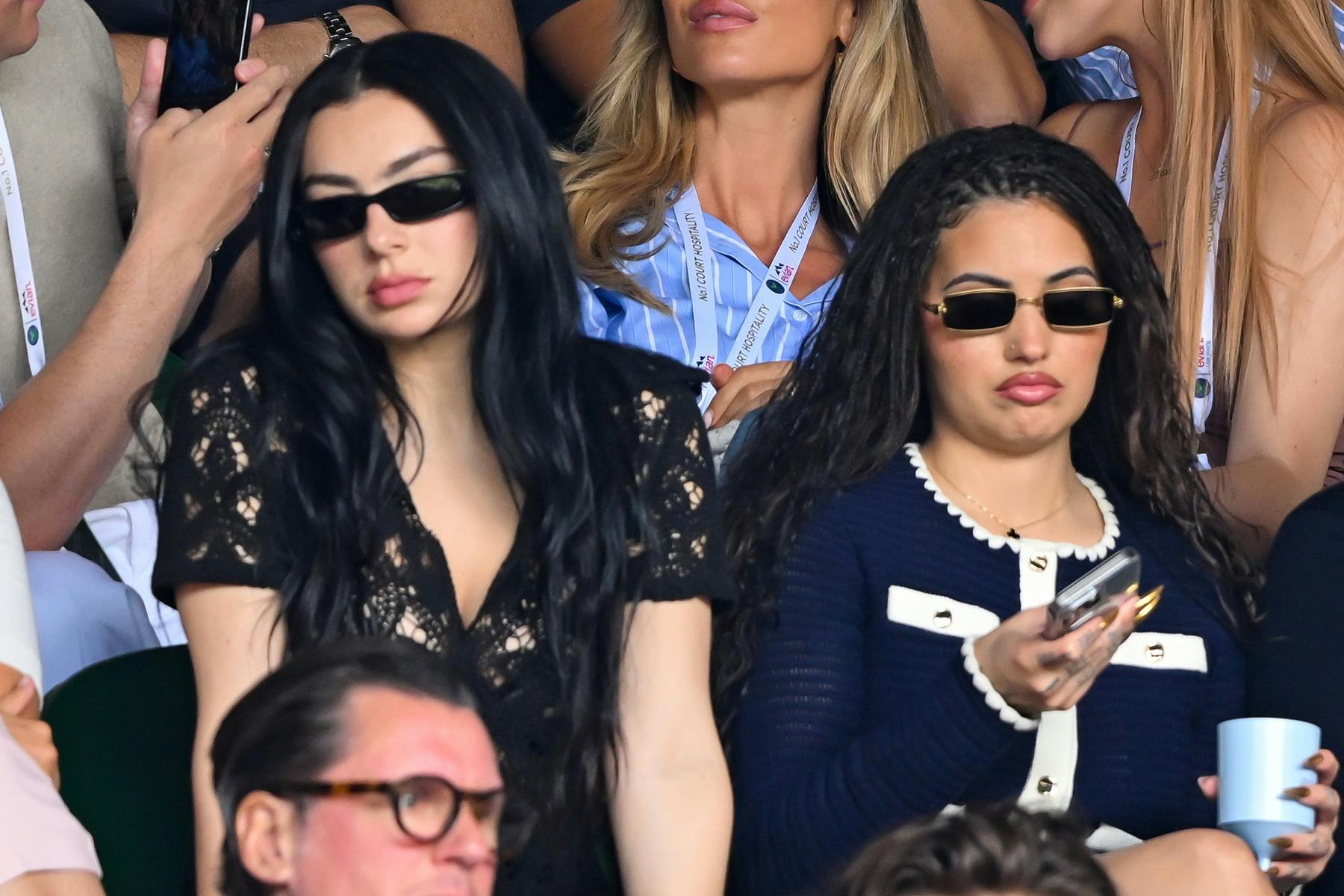The Jamaican-born, London-raised photographer Dennis Morris is best known for his portraits of Bob Marley: a teenaged Morris, then a Hackney schoolkid, first photographed the reggae star in 1973, long before images of Marley were as unavoidable as those of Princess Diana, Che Guevara and Pope John Paul II. Morris contributed a great deal to the growing iconography around Marley, with his shots landing in splashes in the NME and Melody Maker (as well as the pages of Time Out). He went on to photograph the Sex Pistols and other reggae and punk icons, and there are plenty of stunning portraits of the likes of John Lydon and Lee ‘Scratch’ Perry in this hugely satisfying first UK retrospective of Morris’s work.
Morris’s musical portraits are thrilling, especially given the chemistry he obviously had with Marley. But it’s his 1970s documentary work capturing Black and Asian life in Hackney and Southall that steals the show. Morris clearly had a knack for showing up and making things happen and converting that talent into images which are valuable, essential moments in time. He captures the capital at a point when Black British and British Indian communities were becoming well-established in some neighbourhoods but were anything but integrated or widely accepted. One of his most remarkable photos is taken at a wedding of a Black woman and a white man: as the groom goes in to kiss his pristinely-dressed mother, the tension is remarkable.
These images are valuable, essential moments in time
Morris’s story of how he went from a boy photographer to hanging out in Jamaica with Marley is equally remarkable, and it’s teased out in this show by fascinating quotes that sit next to many images. Morris sold his first photo before he was a teenager and used to give the number of the phone box outside his mum’s Dalston flat as the contact for his photo studio. (In reality, he’d hang a sheet on the wall and take pictures of locals – a few of those appear in the show.) His confidence led to him doorstepping Marley at the stage door of a London gig, and his career grew from there, with stints as the lead singer of Basement 5 (replacing Don Letts) and art director for Island Records (designing album covers for the likes of Marianne Faithfull) running alongside his photo work. Presumably whatever it was that appealed to Bob Marley also appealed to all the 'regular' folk he photographed, whether it's a young Sikh working in a family shop or a group of kids protesting to stop their squat being demolished.
The 1970s and 80s are the stars of this show, so Morris’s later work takes a back seat, although it’s not ignored: a slideshow of portraits and live shots include Nirvana, Patti Smith, Ian Dury and Oasis. There’s a small room away from the show’s two main spaces which includes t-shirts and album covers. But it’s Morris’s shots of everyday life in east and west London that offer the most powerful moments and do a remarkable job of transporting us back to a pivotal and transitional chapter in the city's history.





:max_bytes(150000):strip_icc()/Parents-FamilyWatch74-4cd556527fd847649fe8cb23836ab45a.jpg)


